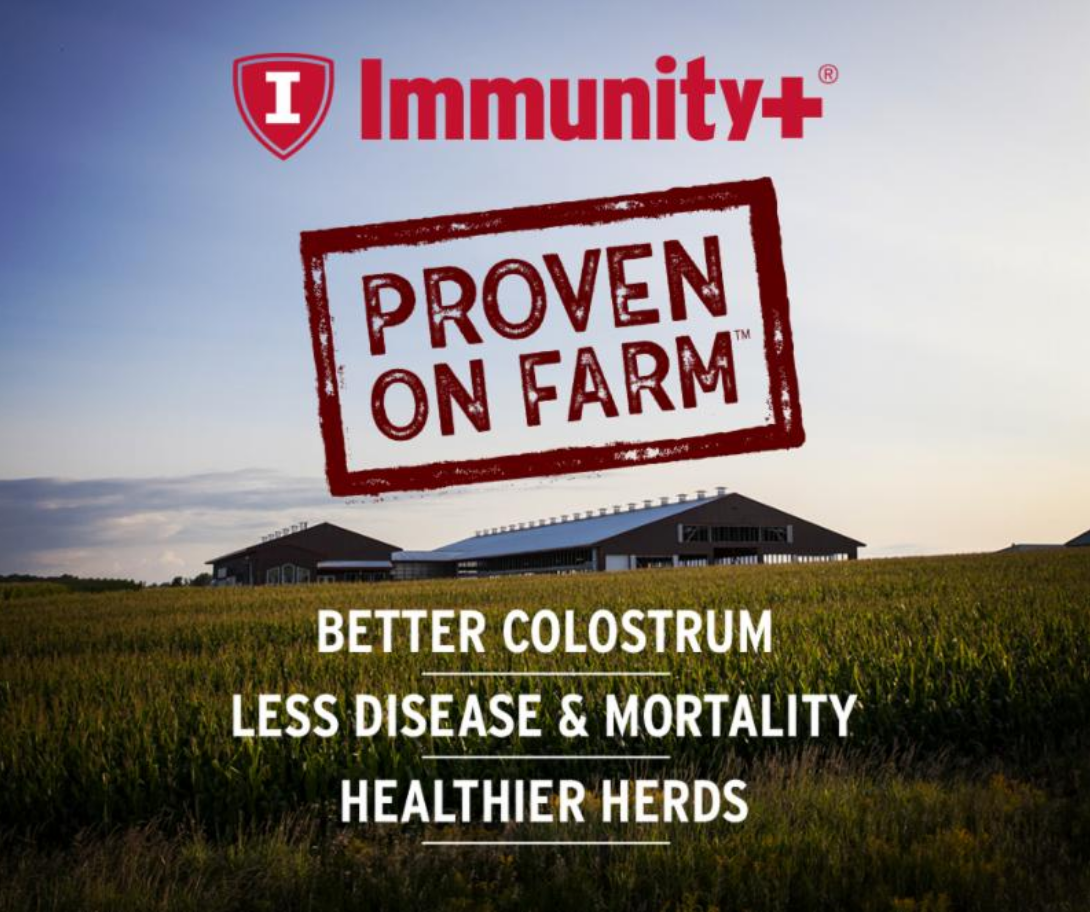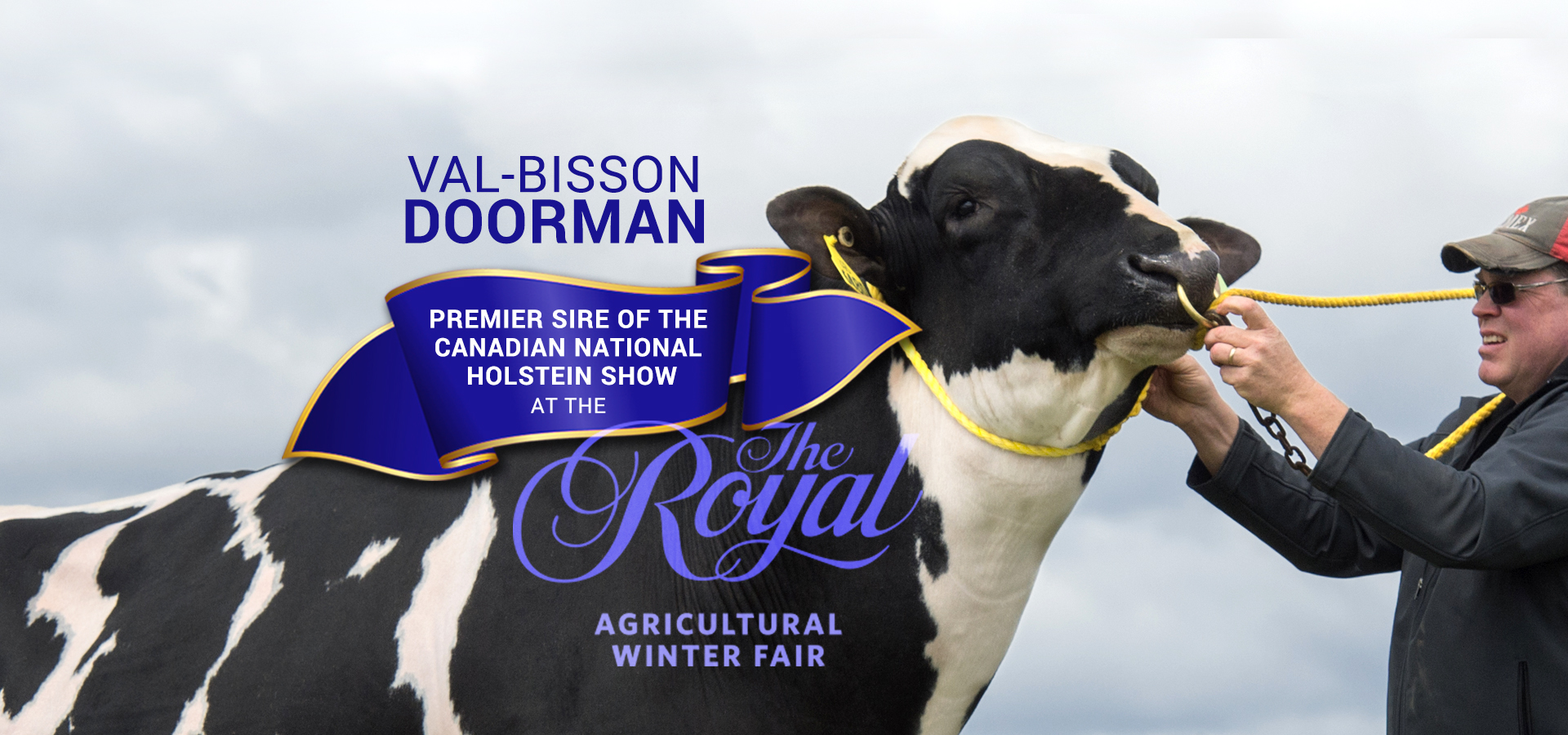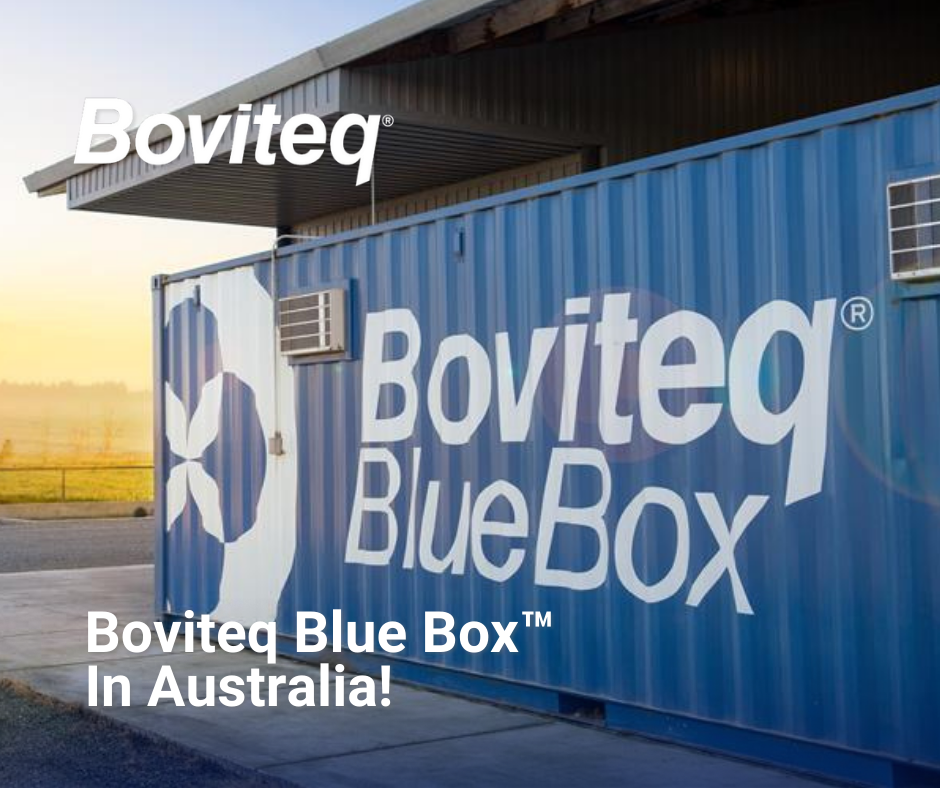What Is Immunity?
By Dr Steven Larmer, Semex Dairy Solutions Coordinator In 2012 Semex launched the Immunity+® sire line, a group of sires selected to create cows that will be more resistant and resilient to disease challenges faced every day by commercial cows. The question is, how does Immunity+ work and what does having better immunity really mean? Answering this question is not simple. It can be a lack of clear information. Here lies an important role for vets, feed advisors and hoof trimmers. Also, there seems to be a tunnel vision among farmers and advisors that stops them from seeing the shortcomings of the barns. Thirdly, fear of investing money and time will be involved, even though good management doesn't have to cost more than bad management. Here also lies a task for advisors: ideally they can not only provide the right information, but they can also help clients change. The immune system of all animals is complex, and there are many factors that impact how an animal is able to respond to different disease challenges. There are several branches to the immune system. The two branches of the immune system most important for resistance and resilience to disease are the innate and adaptive immune systems. The innate immune system is responsible for detecting any threat to the individual and initiating an immune response. The adaptive immune system is then responsible for determining the best response depending on the specific pathogen that has invaded the cow. Going a little deeper there are two separate components of the adaptive immune system. The antibody mediated adaptive immune response, or AMIR, is responsible for responding primarily to bacteria. Bacteria generally cause the more common on farm diseases, usually the ones that can be more easily treated. These include diseases such as mastitis, metritis, and digital dermatitis. Cell mediated adaptive immune response, or CMIR, on the other hand is primarily responsible for ... Read More...



.png)

.png)

.png)

























